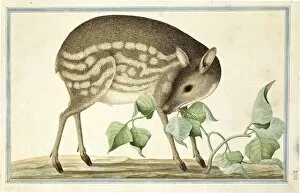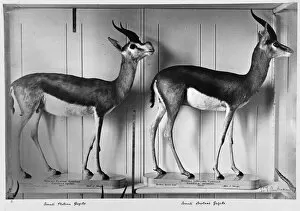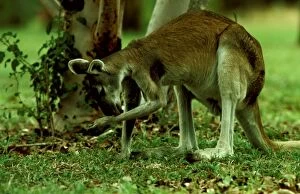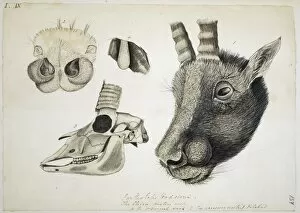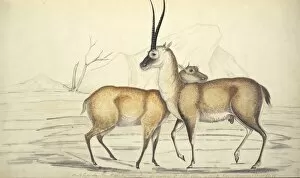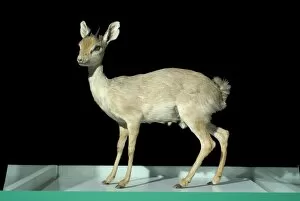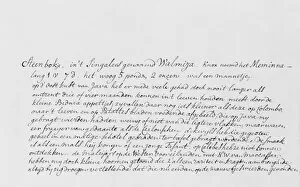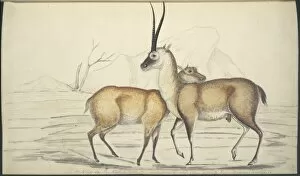Antilopine Collection
Step into the Natural History Museum and you'll be transported to a world of majestic antilopine creatures
For sale as Licensed Images
Choose your image, Select your licence and Download the media
Step into the Natural History Museum and you'll be transported to a world of majestic antilopine creatures. Amongst the vast collection, gazelles gracefully roam in their preserved habitat. The Thomsons Gazelles, with their striking markings, captivate visitors with their beauty and agility. Moving on, your eyes are drawn to Tragulus javanicus, also known as the lesser mouse-deer. This tiny creature may be small in size but is big in charm. Picture No. 10865311 captures its delicate features perfectly. As you explore further, an exquisite artwork catches your attention - a male chiru head depicted in stunning detail (artwork C016 / 5896). Its regal presence leaves you mesmerized by its elegance and grace. Continuing your journey through the museum's halls, another artwork stands out - Chiru (artwork C016 / 5904). The intricate brushstrokes bring this magnificent antelope to life before your very eyes. Next up is Madoqua saltiana or Salts dik-dik. These petite antelopes steal hearts with their endearing appearance and nimble movements. Their presence adds a touch of whimsy to the museum's diverse collection. Antilope caudata or blackbuck demands attention with its striking coloration and impressive horns. A symbol of strength and resilience, it serves as a reminder of nature's wonders within these walls. Chinese goral (Antilope cinerea) and goral (Antilope edwardsii) stand side by side showcasing both similarities and unique characteristics that make them fascinating subjects for study among researchers visiting the museum. A closer look at manuscript text reveals intricate details about these captivating creatures' behavior patterns and habitats – shedding light on their role within ecosystems across continents. Finally, Pantholops hodgsonii steals the spotlight – Tibetan antelope or chiru – renowned for its luxurious coat and graceful movements.

